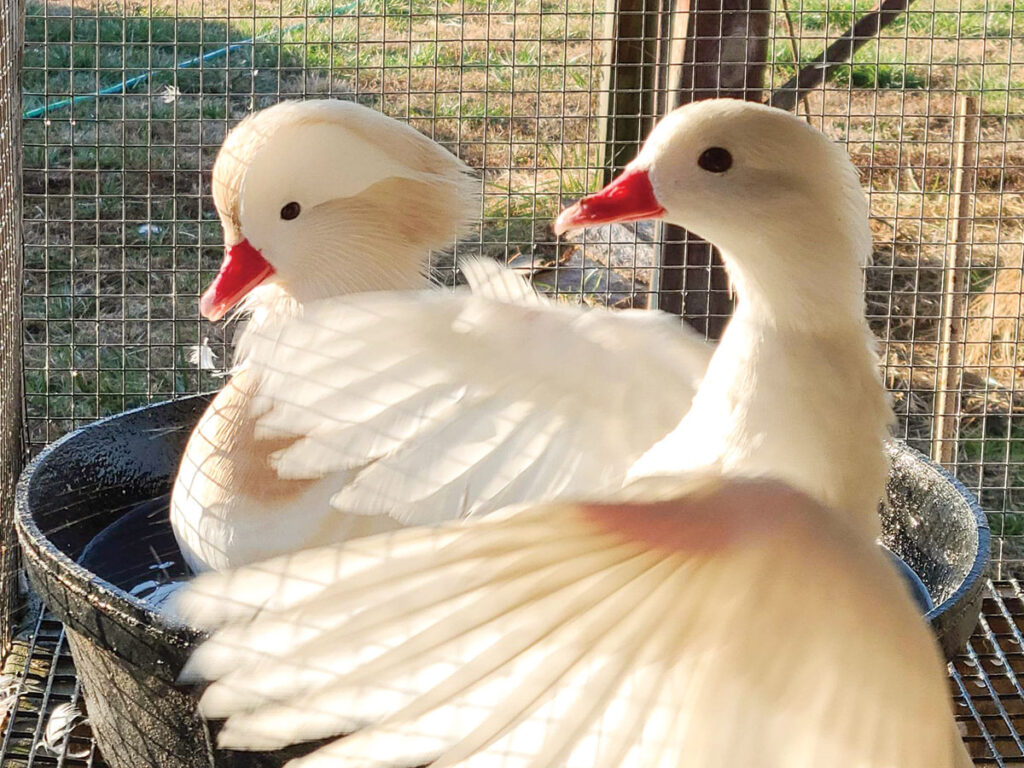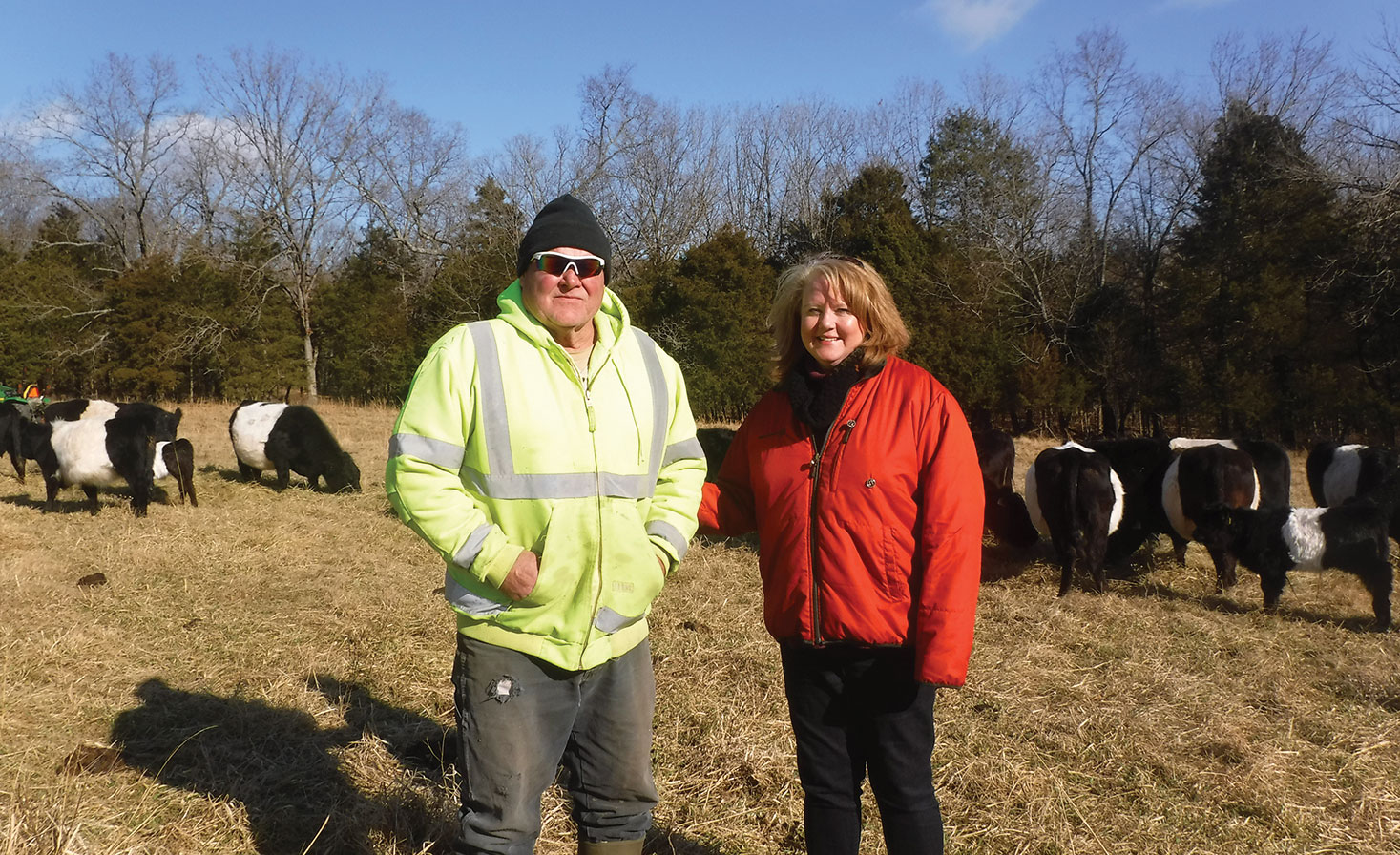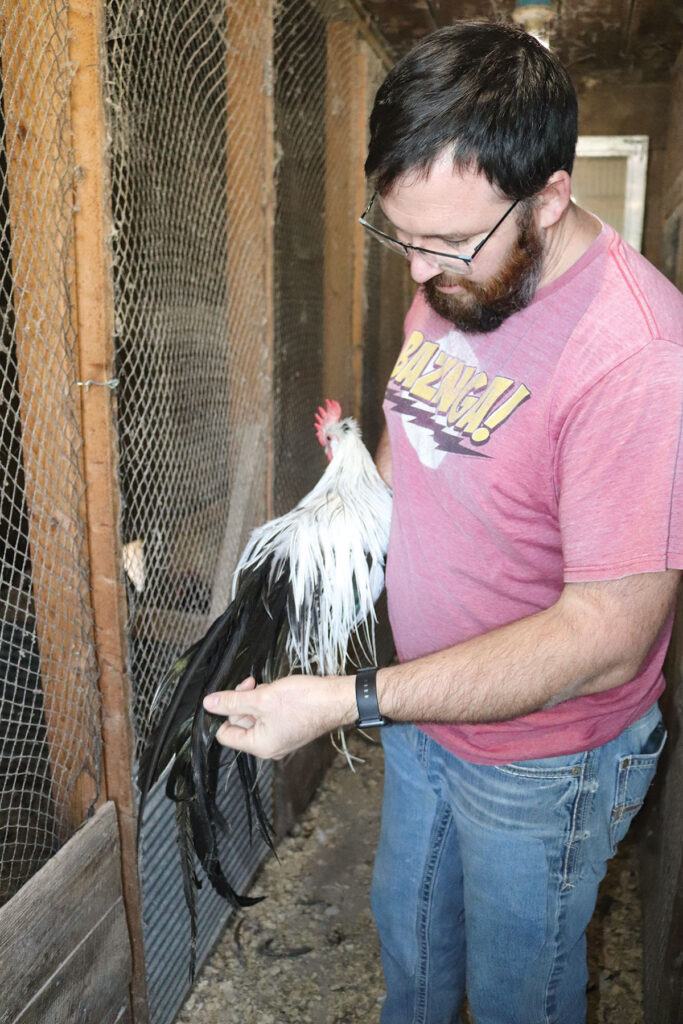
Josh Stephans focuses his poultry and waterfowl operation on breeding- and show-quality birds
ELKLAND, MO. – In certain livestock circles around the Ozarks, Josh Stephans is a “goat guy.”
He has shown and judged meat goats across the country and has ventured to Canada to sort classes.
Today, Josh and his family still have goats and a few head of cattle, but the largest livestock operation at their Elkland, Mo., farm has feathers.
About 200 chickens, geese and ducks can be found at the farm, and just like his goats, Josh seeks birds of high quality.
“I got my first set of birds at around 10 years old,” Josh said. “I’ve had the poultry as long, if not longer, than the goats. They just kind of sat here and did nothing for a lot of years, but it has evolved over the last several years.”
Josh and his family, including wife Cassie, sons Grayson and Noah, and daughter Lucy, have as many as 15 different breeds of chickens.
“I like a little more odd, exotic or unusual breeds,” Josh explained. “That’s not to discredit breeds like White Rock, Wyandotte bantams, or something else you often see win at the show. Most of the breeds we have are fairly rare.”
Breeds Josh raises at Hidden Springs Farms include Dutch bantams, White-faced Black Spanish and Phoenix, which are rarely seen in shows.
Waterfowl breeds include Pilgrim and Toulouse geese, and Call, White Mandarin and Mcavoy ducks.
Gray Toulouse are a recent addition to the farm. Josh purchased the gray flock in Wisconsin last fall, and he also has a pair of buff Toulouse.
“These guys are going to be my main waterfowl focus,” Josh said.
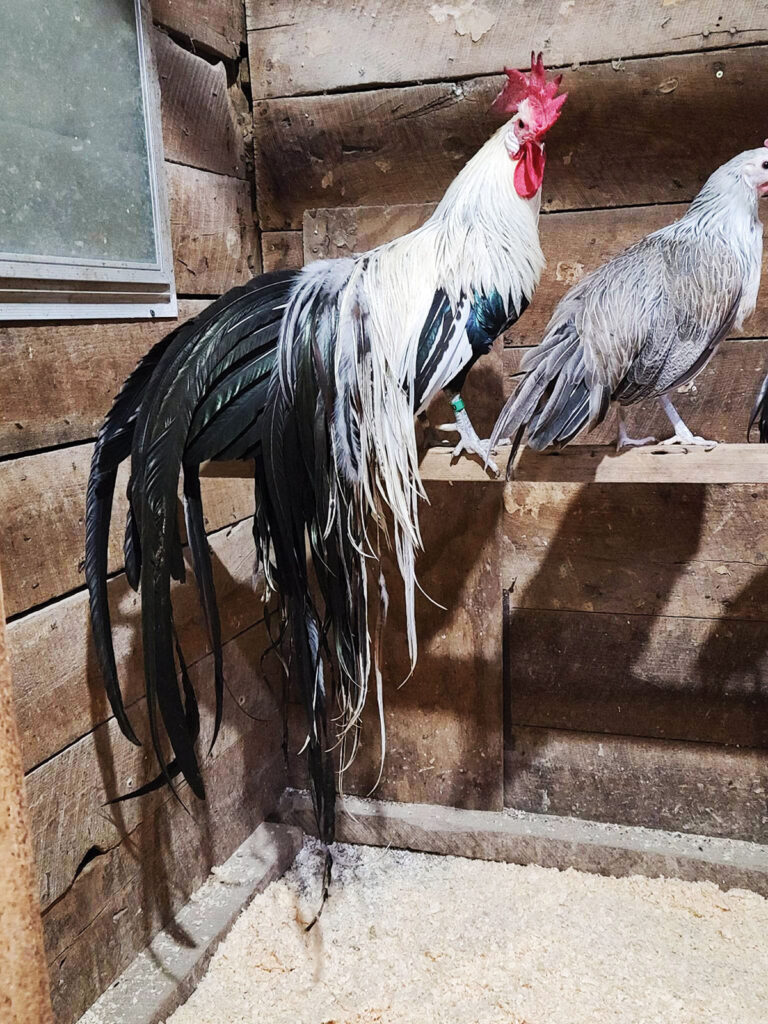
The Mcavoy ducks are also a new venture. Josh will alternate drakes with a black female to achieve certain colors in the offspring.
“I only have one black hen, and sliver in waterfowl is basically the same as splash in chickens,” Josh explained. “Silver to black makes 100 percent blue. With only one black hen, I want to be able and continue with the blue program and have some blacks as well.”
Raising show-quality chickens and waterfowl requires more than many may realize.
“It’s far more fickle than ruminant livestock species,” Josh explained. “Ruminant livestock species don’t decide to drop all of their feathers the day before a show. Mink, foxes and owls don’t bother cows and goats, but everything eats chickens. Poultry isn’t hard to contain, but it’s keeping them safe.”
The Stephans family has fewer birds than usual, but they are ready to step up production.
“What we have now is breeding stock, with about 50 laying hens, egg producers,” Josh explained. “In the fall, we sold off everything we didn’t need to carry over. We shut the incubators off in October that had been running for two years.”
Chickens and waterfowl can have very long and productive lives, Josh said. That longevity depends on the species of bird and the care it receives.
“A long life for a chicken is seven to 10 years,” he explained. “Some will live longer with individualized care. The waterfowl can live into their 30s and 40s. My oldest peafowl is 18 years old, and those can live to be 50 or 60.”
To keep poultry lines true, linebreeding is critical.
“You can linebreed most species of poultry for six or seven generations without any trouble to set in phenotype,” Josh said. “A lot of poultry breeders don’t think about it, but you have both your male and female lines. Breeding a female line is a little more popular in the poultry world. If you raise cattle and want to improve, you get a new bull with good maternal traits. With poultry, you use linebreeding, and you have to work your male and female side to establish the linebreeding program.”
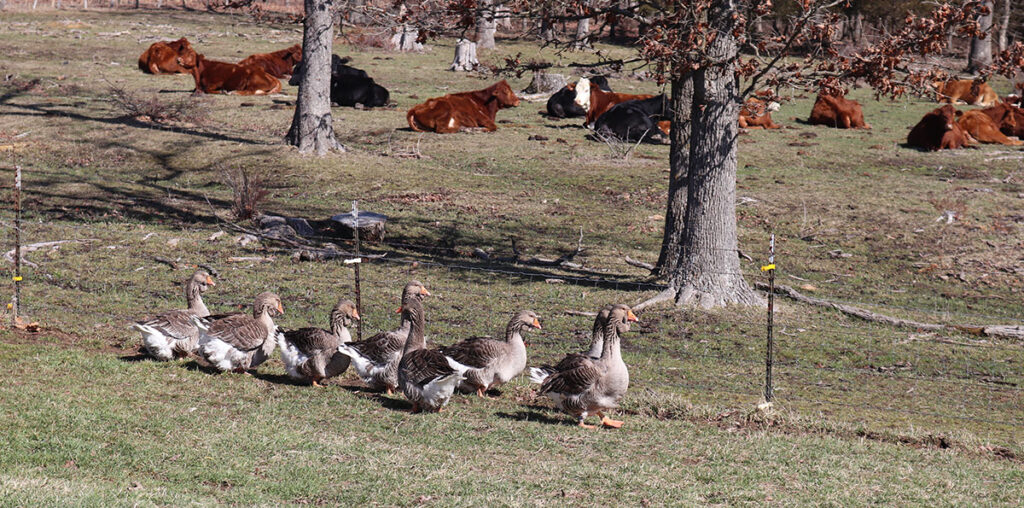
Genetics, like any other livestock species, is the key to a successful breeding program.
“I feel it’s much more of a challenge than cattle, sheep, hogs and goats,” Josh said. “There are so many different factors wrapped up in the phenotype: the feather width, color, shade, depth of color and pattern. They say black is black, but it isn’t. There’s sheen, there’s green sheen, purple sheen. Then there are the body types, phenotype, conditioning, eye color, leg color, all of it. It’s challenging from a genetic aspect, but I really enjoy the variety.”
Josh sells some rare breed hatching eggs, but primarily offers live birds to fellow producers.
“Typically, with the purebred stuff, I don’t sell chicks; I sell 6- to 8-month-old birds,” he said. “I don’t like sending anything out that I don’t know about the quality. With the waterfowl, we hatch everything we can and sell a few eggs when my incubators are full. The young waterfowl will be sold in the fall. There are a lot of those birds that are great for backyard flocks. There’s nothing wrong with them, they just aren’t what I would call breeder or show quality.”
Josh plans to focus more on the waterfowl side of his operation.
“It’s because of the ease of maintenance, and they like it when it’s muddy,” Josh said with a laugh. “Seven months out of the year, we have a mud farm, and the waterfowl love it. It’s really nice to come outside on those nasty, mucky weeks and months we have, and everyone is out playing in the mud, having a good time. When everything you have hates the rain and the mud, you fight it. With the waterfowl, they make another mud puddle.”
